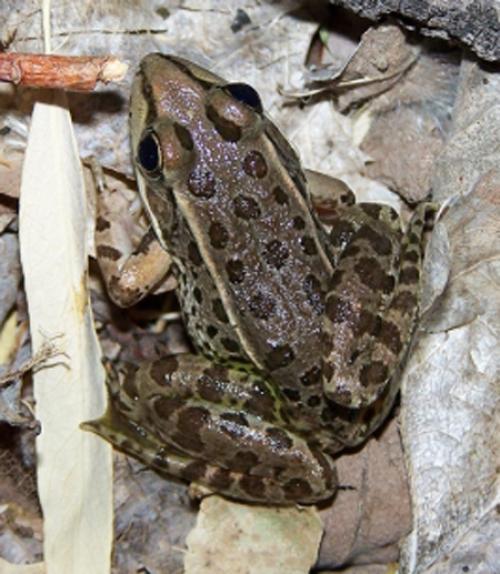Goldwin Smith Professor of Ecology and Evolutionary Biology Kelly R. Zamudio studies amphibians, especially frogs, combining field work and observation of behavior with genetics and genomics to glimpse the genetic processes underlying species traits. Recently her lab has turned that expertise to studying two virulent fungi of the genus Batrachochytrium, commonly called chytrids, that affect frogs and salamanders. The frog-killing fungus, Batrachochytrium dendrobatidis (Bd), has become a pandemic, spreading throughout the world, while the salamander-specific fungus Batrachochytrium salamandrivorans (B. sal) has only just begun to move out of Asia. Both fungi are having devastating effects on local populations of frogs.
“Evolutionary and ecological processes contribute to the creation of new species,” says Zamudio “You can think of extinction as the reverse of speciation. They’re really two sides of the same coin. As far as we can tell, 501 species of frogs out of 8,000 total have been afflicted in some way by Bd—population declines, local extinctions, species extinctions. It’s a really serious biodiversity issue."
Zamudio and her colleagues hope to gain a genetic understanding of this pathogen so that they can prevent future damage and protect future generations of frogs.
Read the full story on Cornell Research's website.




